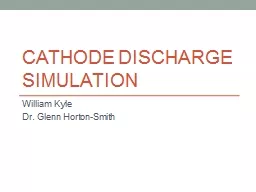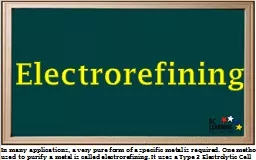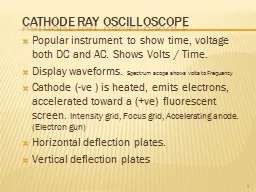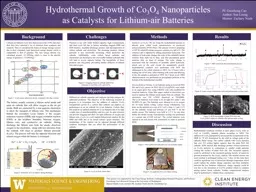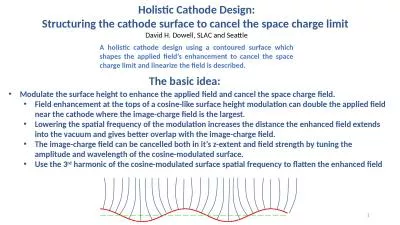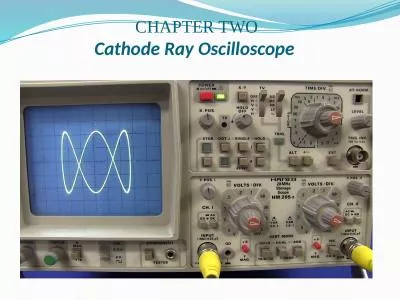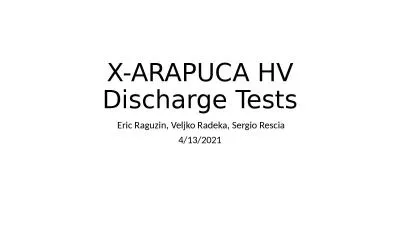PPT-Cathode Discharge Simulation
Author : karlyn-bohler | Published Date : 2018-09-21
William Kyle Dr Glenn HortonSmith Simulation Operation A Python Based FTCS Method The Forward Time Central Space Method Movement of Voltage ie charge through cathode
Presentation Embed Code
Download Presentation
Download Presentation The PPT/PDF document "Cathode Discharge Simulation" is the property of its rightful owner. Permission is granted to download and print the materials on this website for personal, non-commercial use only, and to display it on your personal computer provided you do not modify the materials and that you retain all copyright notices contained in the materials. By downloading content from our website, you accept the terms of this agreement.
Cathode Discharge Simulation: Transcript
Download Rules Of Document
"Cathode Discharge Simulation"The content belongs to its owner. You may download and print it for personal use, without modification, and keep all copyright notices. By downloading, you agree to these terms.
Related Documents

